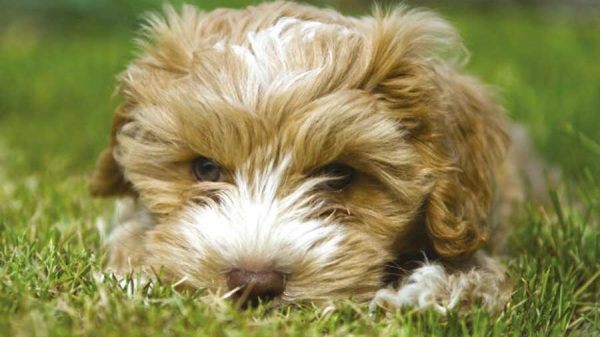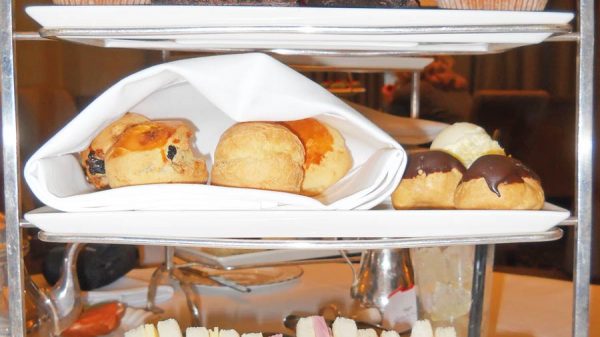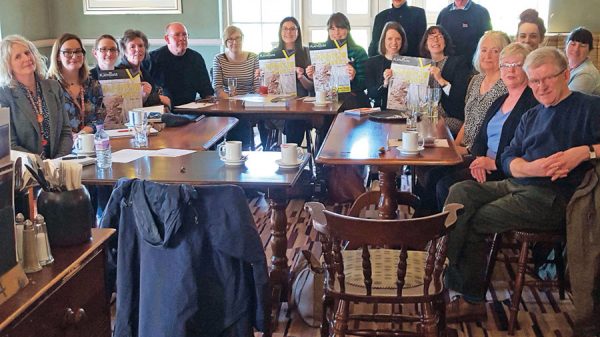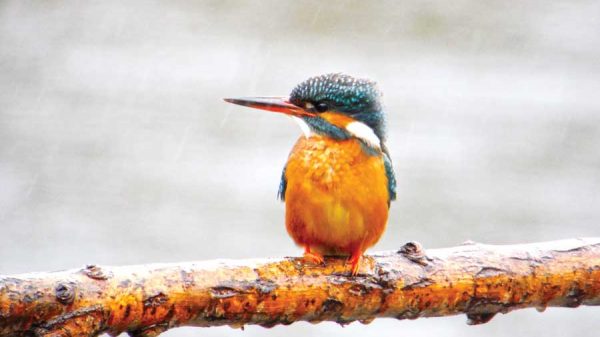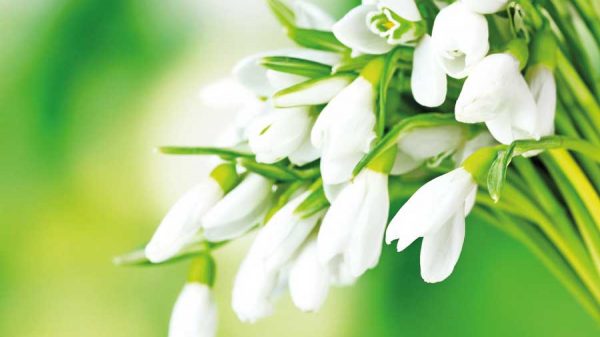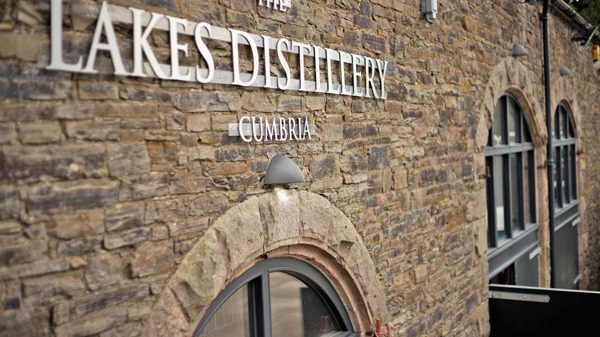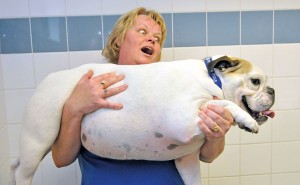Australian Koala Foundation (AKF) research has revealed at least 8 million Koalas were killed for the fur trade, with their pelts shipped to London, United States and Canada between 1888 and 1927.
The AKF’s research sourced its figures from historic auction house records, news archives and other published works, but is looking to the people of Yorkshire for more information.
AKF Chief Executive Officer Deborah Tabart OAM said “Koala fur is waterproof, and was used to make hats and gloves and to line coats.
“We know that Yorkshire was an hub of activity at this point in history, and that its factories kept England’s economy going”.
“It’s very likely that some of these factories would have handled Koala fur, and we are hoping that someone can remember, or remember their parents working with Koala skins.
“Maybe you have a piece of Koala fur or item of clothing from this time, it’s all part of the jigsaw puzzle,.”
Australia’s Koala fur trade completely decimated wild populations.
The current population of approximately 87,000 wild Koalas in Australia represents only 1 per cent of those that were shot for the fur trade.
The AKF said this new research will be vitally important when it comes to regenerating Koala populations around the country in the future and to help answer;
Where did they thrive before European settlers came?
“Between 1888 and July 1918 our records show that at least 4,098,276 Koala furs passed through London auction houses,” she said.
“This figure doesn’t include records from 1911 to 1914.
“London wasn’t the only market – records we’ve obtained indicate more than 400,000 pelts were shipped in 1901 alone from Adelaide to the USA.
“In 1919, 2 million pelts were shipped to the USA, followed by another 2 million in 1924.”
Ms Tabart said this slaughter saw Koalas hunted to functional extinction in South Australia by 1912.
“By the 1920s, Koalas were reduced to a few hundred individuals in New South Wales and 1000 in Victoria,” she said.
It wasn’t until USA’s then Secretary for Commerce Herbert Hoover, who later became President, signed an order in 1927 permanently prohibiting Koala skin importation, that the Koala fur trade was halted.
“Looking into the future, the Koala needs the people of Yorkshire to help us fill the gaps and complete the puzzle,” Ms Tabart said.
If you have any information or photographs, please contact the AKF at akf@savethekoala.com.
Facts About The Koala
Baby Koalas are known as ‘Joeys’. Scientists often refer to them using terms like ‘juveniles’, ‘pouch young’ and ‘back young’.
Younger breeding females usually give birth to one Joey each year, depending on a range of factors. However, not all females in a wild population will breed each year. Some, especially older females, will produce offspring only every two or three years.
When the Joey is born, it’s only about 2 centimetres long, is blind and furless and its ears are not yet developed. On its amazing journey to the pouch, it relies on its well-developed senses of smell and touch, its strong forelimbs and claws, and an inborn sense of direction. Once in the pouch, it attaches itself to one of the two teats which swells in its mouth, preventing it from being dislodged from its source of food.
The Joey stays in its mother’s pouch for about 6 or 7 months, drinking only milk. Before it can tolerate gumleaves, which are toxic for most mammals, the Joey must feed on a substance called ‘pap’ which is a specialised form of the mother’s droppings that is soft and runny. This allows the mother to pass on to the Joey special micro-organisms from her intestine which are necessary for it to be able to digest the gumleaves. It feeds on this for a period of up to a few weeks, just prior to it coming out of the pouch at about 6 or 7 months of age.
After venturing out of the pouch, the Joey rides on its mother’s abdomen or back, although it continues to return to her pouch for milk until it is too big to fit inside. The Joey leaves its mother’s home range between 1 and 3 years old, depending on when the mother has her next Joey.
Female Koalas are fully mature by about 2 years of age and males by their third or fourth year. By this time they need to have found their own home range, either in a home range left vacant by a dead Koala or in a new area of the forest. This is one reason why Koalas need quite large areas of habitat.
The Koala is a marsupial – meaning they carry their young in a pouch
Native to Australia, Koalas are the country’s largest arboreal (tree dwelling) mammal.
Koalas are not bears, although they look somewhat like, and are often called as such.
Koalas in the south of Australia are considerably larger and have thicker, often browner fur than those in the north; these are likely to be adaptions to the colder winters in the south.
The Koala’s biggest threat is loss of habitat, and their numbers are declining around Australia.
Koalas feed mainly on the leaves of trees from species of the genus Eucalyptus
There are more than 700 species of Eucalyptus – Koalas feed on 309 of these species.
In the wild in undamaged habitat, the average life span of a Koala is about 10 years.
September is Save
The Koala Month
Sadly, while you can always find Koalas in captivity, it’s becoming increasingly difficult to spot them in the wild, and as populations continue to decline due to loss of habitat the situation is looking grim for these special animals.
The Australian Koala Foundation (AKF) is working hard to change this, and you can help by joining their annual fundraiser in September – Save The Koala Month.
For more facts about the Koala and for funraising information visit
www.savethekoala.com or visit the Australian Koala Foundation’s Facebook page.
